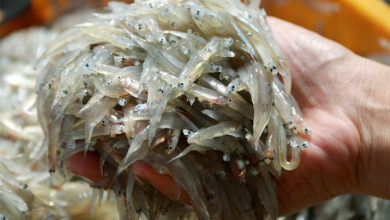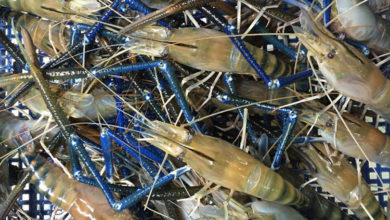Vietnam National Assembly discusses draft revised Law on Fisheries
The National Assembly (NA) discussed the draft revised Law on Fisheries at its plenary session in Hà Nội yesterday.
Several lawmakers stressed the need to establish centrally-run, municipal and provincial fisheries surveillance systems to ensure fisheries law enforcement and defend sovereignty over waters.
The work should also meet requirements for a capable surveillance system to prevent illegal fishing practices which would result in an import ban from the European Union, one of the country’s major seafood markets.
Head of the Party Central Committee’s Organisation Commission Phạm Minh Chính asked for a review of activities of fisheries surveillance forces, thereby arranging their apparatus in line with Resolution No 18 of the 12th Party Central Committee to streamline the political system.
Many deputies suggested supplementing regulations regarding tax incentives, land, credit, epidemic disease warnings in aquaculture and modern equipment for pelagic fishing in the draft.
Lawmaker Triệu Thế Hùng from the Lâm Đồng province praised the significance of the State’s policy to support the purchase of insurance for pelagic fishing vessels of individuals and organisation in the draft law.
The deputies also looked into land leases for aquaculture, funds for fishery stock development, and co-management in fisheries stock protection, among other details.
VNS






